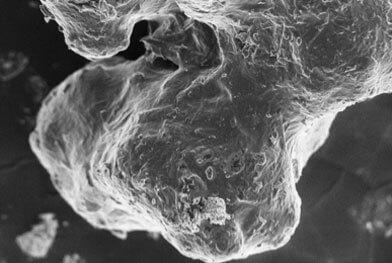
A new liposomal form by LaBiotre
Phyto-bioavailability
The plant kingdom is one of the most interesting and promising sources of active molecules. Most of the plant-derived classes of active compounds have a lipophilic, or hydro-insoluble molecular structure. The direct consequence of this is a limited bioavailability.
- Lipophilic
- Water insoluble
Poorly available
Compromised effectiveness
Compromised effectiveness
A branded technology to improve
Solubility
Thanks to phospholipids bilayer coating
Bioavailability
Thanks to enhanced affinity for mucosas (hydrophilic external layer)
Taste masking
Thanks to the excipient pool ideated for the coating
Stability
Thanks to the excipient pool ideated for the coating
The technology
Liposomes are spherical particle showing at least one lipid bilayer, composed of phospholipids so that the inner and the outer surface are hydrophilic. and this enable a better solubility in hy- dro-medium. Phytobilayer technology of production has been proven to modify the structure of raw material from crystalline to micellar with consequent benefits in terms of bioavailiabilty and solubility.
Immagini SEM di attivo cristallino (ingrandimento 500X)

Immagini SEM di attivo cristallino (ingrandimento 1500X)

Immagini SEM di attivo PHYTOBILAYER LB3® (ingrandimento 100X)

Immagini SEM di attivo PHYTOBILAYER LB3® (ingrandimento 500X)
Our results: bioavailability of liposomal berberine
Berberine, an active alkaloid from Berberis aristata, Is well known to be poorly available for enteric absorption. In this study on animal model, the Berberin quantity in mouse blood samples has been evaluated at 10, 30, 60, 120 and 480 minutes from the oral administration via gavage of 50 mg/Kg of a formulation of Labiotre with 20% of berberine Phytobilayer, and berberine 97% hydrochloride used as a monitor. Both were suspended in water at a concentration of 12.5 mg / mL of equivalent berberine and used for oral administration with berberine equidosage.
5 times more available at 60 min
A versatile technology
Phytobilayer Technology is highly customizable inActive ingredients
- Herbal extracts
- Aminoacid and peptides
- Vitamines and minerals
